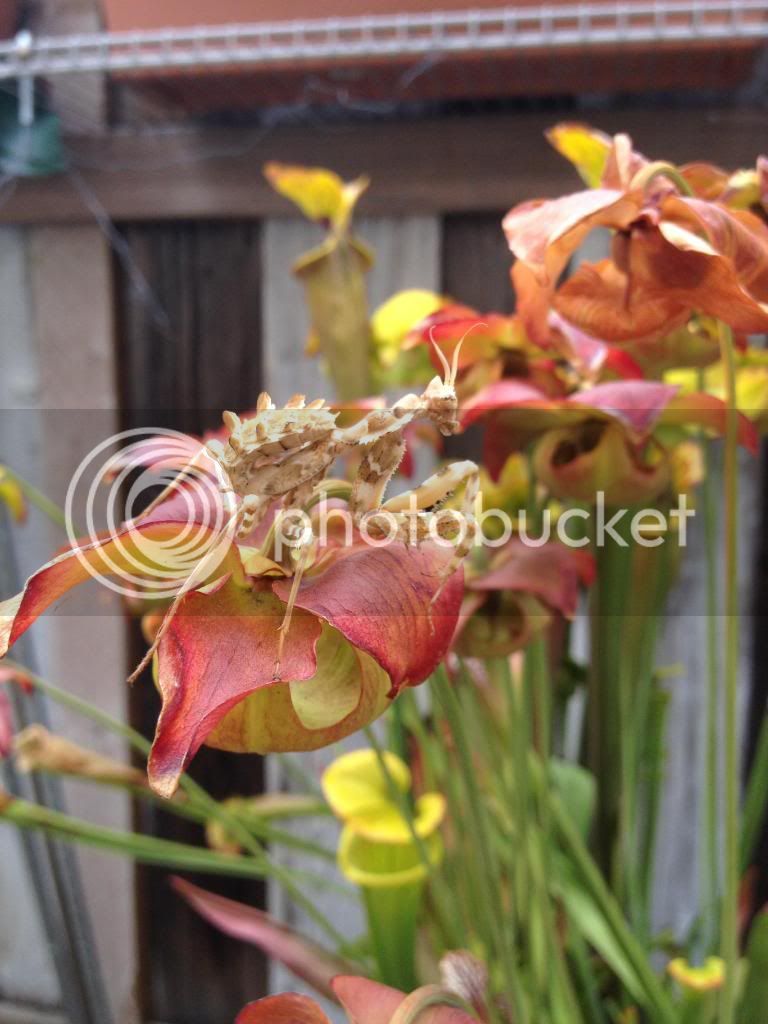izbiggs
Well-known member
I have some B. Mendica and I have no idea how to sex them. Their abdomens are so spiky! Anybody have tips? I can post photos










Enter your email address to join: